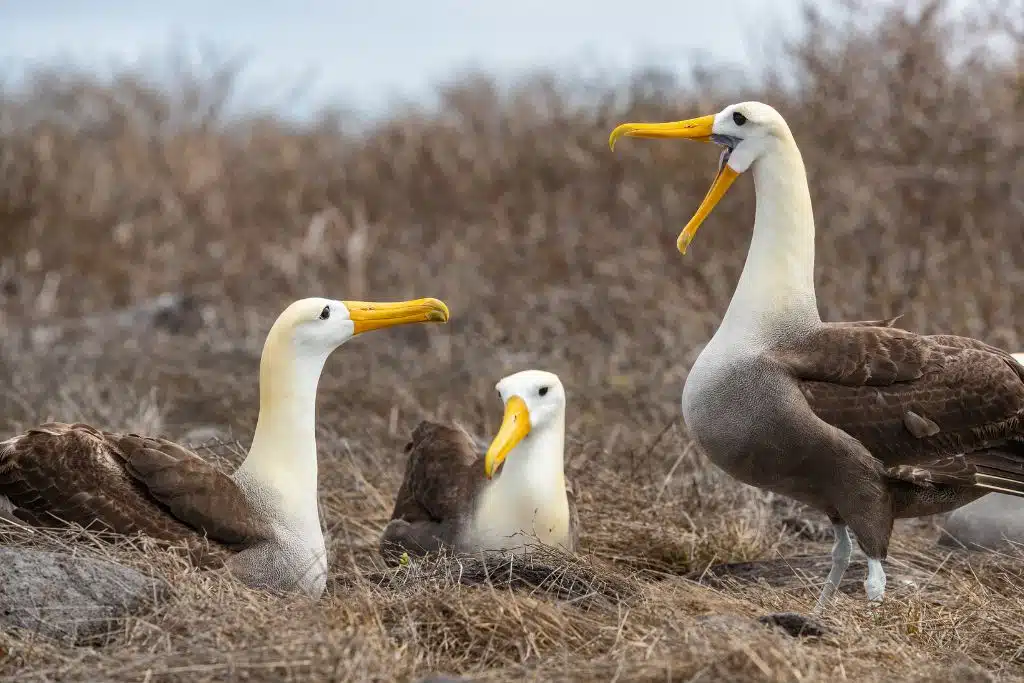Migratory species are at risk of disappearing as a result of human encroachment and climate change, a new analysis has found.
In its State of the World’s Migratory Species report published Monday, the first of its kind, the United Nations Convention of Migratory Species of Wild Animals (CMS) revealed that about 22% of the 1,189 CMS-listed migratory species – more than one in five – are threatened with extinction, while 44% of all CMS-listed species are showing population decline. Fish populations are particularly affected, with a staggering 97% of all CMS-listed fish threatened with extinction.
The report also looked at over 3,000 additional migratory species that are not listed in the CMS, a 1979 conservation treaty under the aegis of the United Nations Environment Programme. It found that 399 non-listed species, mainly birds and fish, including many albatrosses and perching birds, ground sharks and stingrays, are threatened or near threatened with extinction.
Migratory species are animals that regularly move between different habitats or regions during specific times of the year, often in search of food, breeding grounds, or better environmental conditions. They play a crucial role in maintaining the balance and biodiversity of ecosystems by facilitating pollination, seed dispersal, nutrient cycling, and providing a source of food for other species, making their conservation essential for a healthy and functioning environment.
Yet, “unsustainable” pressures on these species’ habitats from degradation, fragmentation, and overexploitation but also climate change, pollution, and invasive species, threaten their existence, the report said. In particular, researchers found that 51% of Key Biodiversity Areas deemed important for migratory species’ survival do not have protracted status, while 58% of the monitored sites considered important for these species are affected by human activities.
“Today’s report sets out the evidence that unsustainable human activities are jeopardizing the future of migratory species,” said Inger Andersen, Under-Secretary-General of the United Nations and Executive Director of the United Nations Environment Programme (UNEP), at Monday’s press conference for the launch of the report.
“The global community has an opportunity to translate this latest science of the pressures facing migratory species into concrete conservation action. Given the precarious situation of many of these animals, we cannot afford to delay, and must work together to make the recommendations a reality,” she added.
Among the recommendations included in the report are efforts to address unsustainable and illegal taking of migratory species, a reduction in bycatch and other incidental capture, and action to identify, recognise, protect, and conserve sites deemed important for these species’ survival. These actions, the report said, are a key step in achieving the global commitments set out in the Kunming-Montreal Global Biodiversity Framework. Adopted by more than 190 countries at COP15 in December 2022, the framework aims to halt and reverse global biodiversity loss.
One of the most notable takeaways of the agreement is the 30×30 goal, which requires at least 30% of terrestrial, inland water, and of coastal and marine areas “effectively conserved” or otherwise restored from degraded states by 2030.
